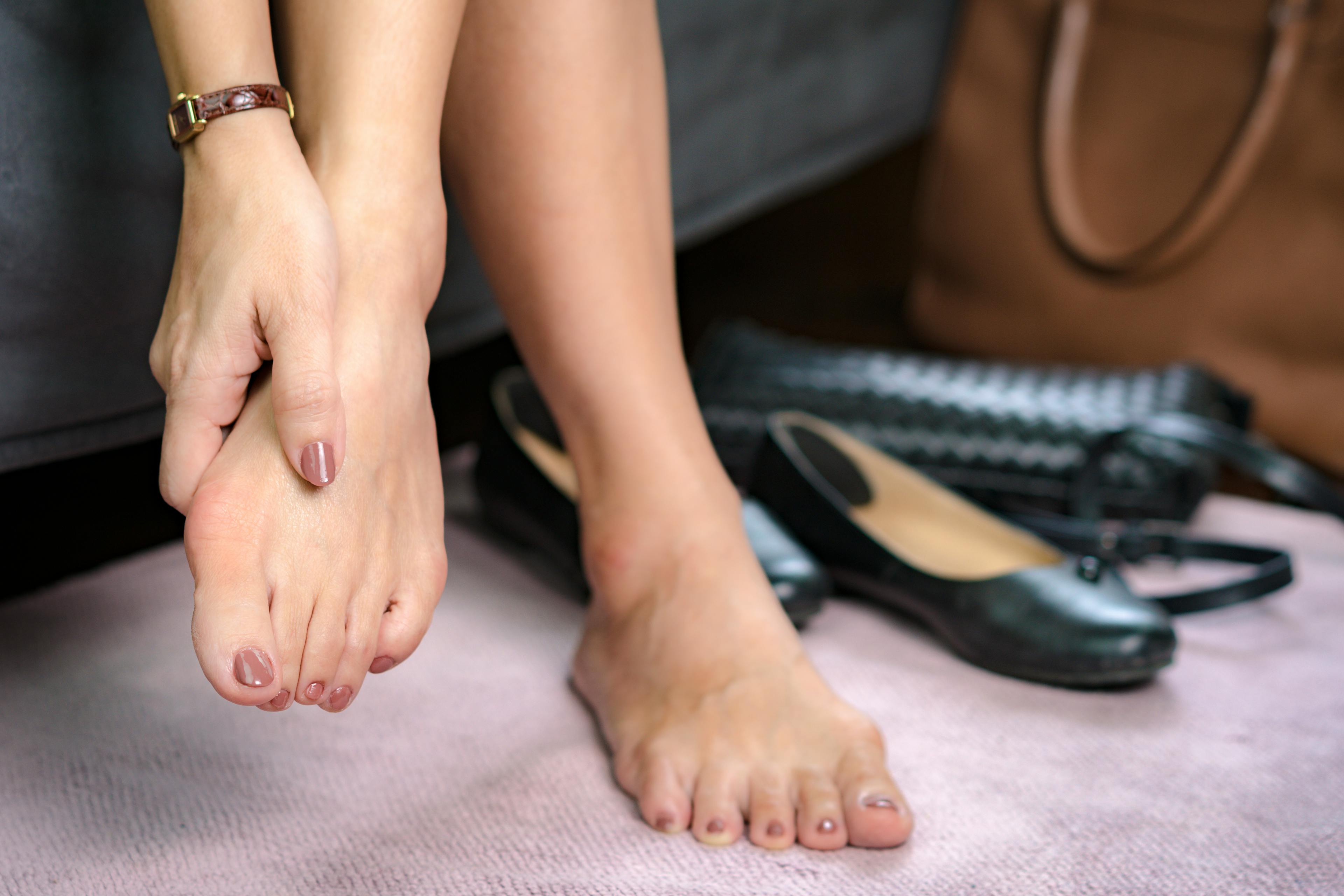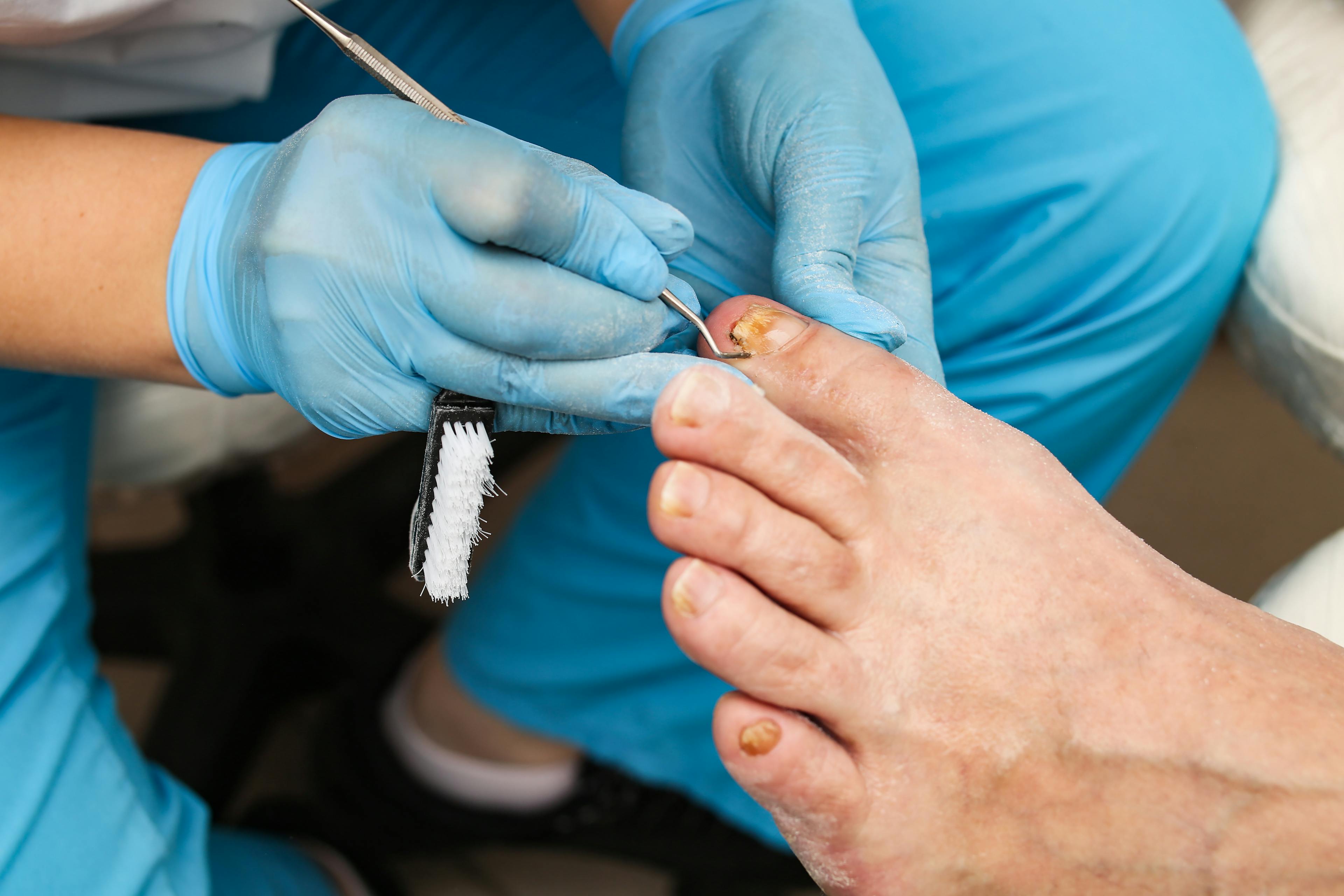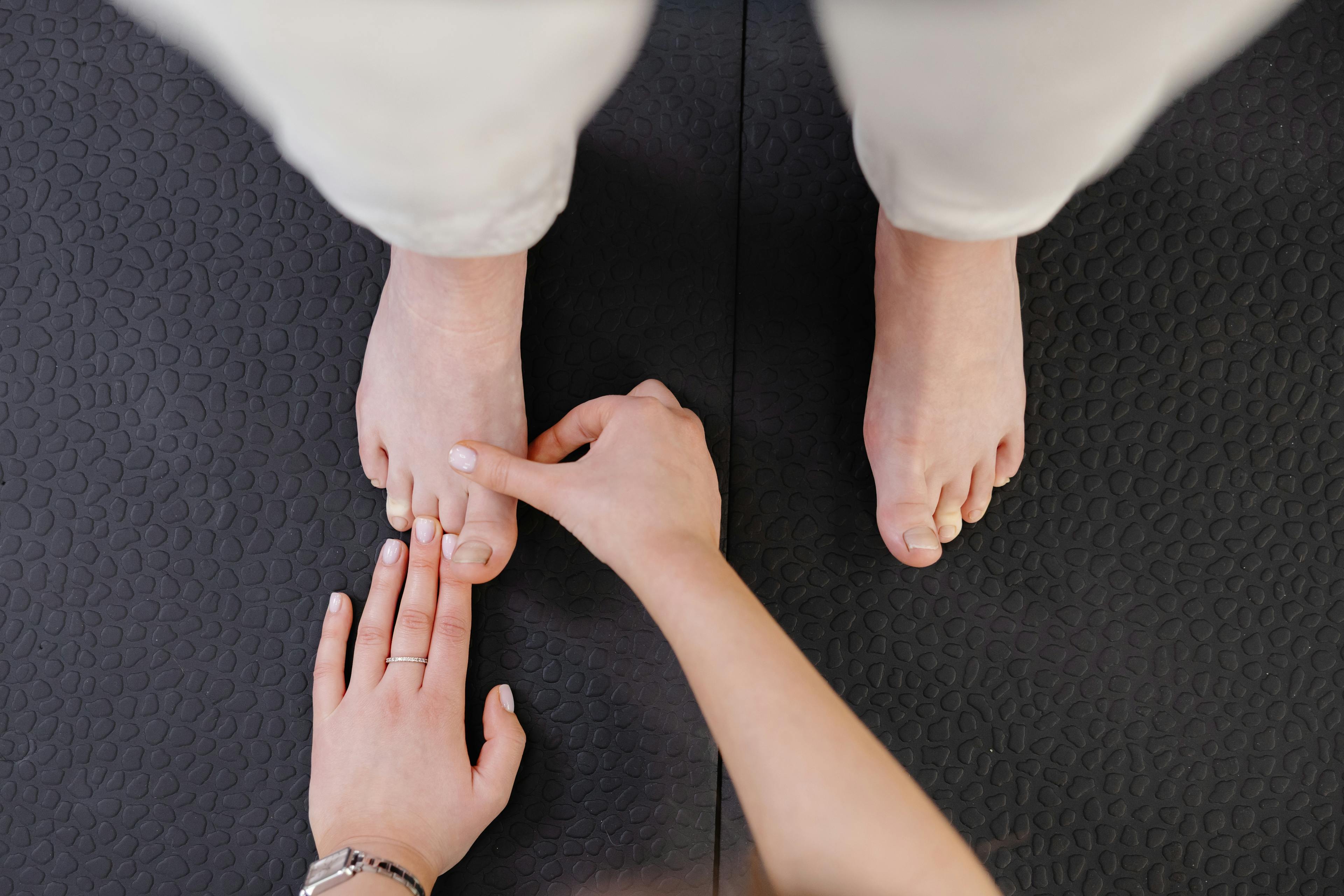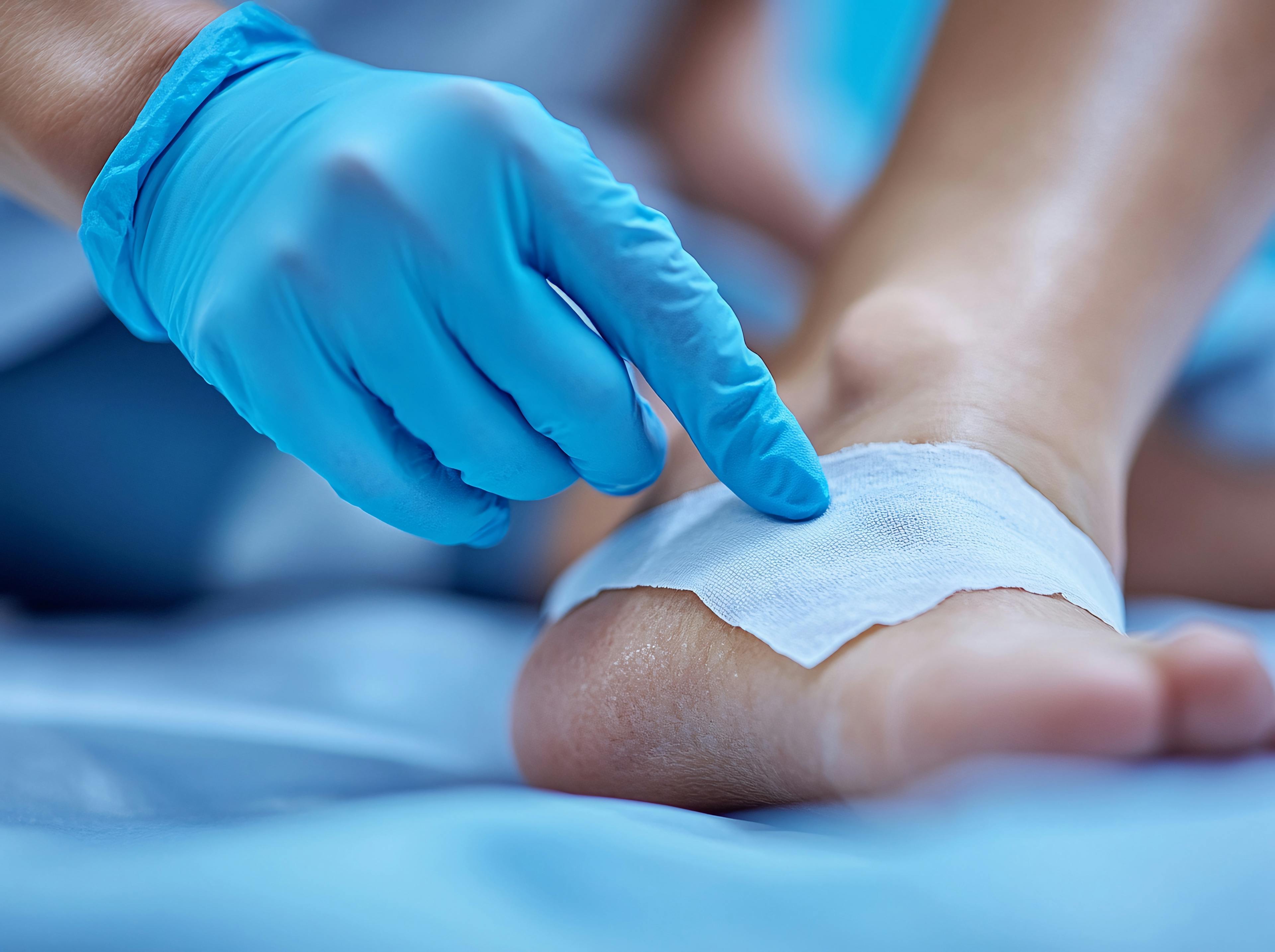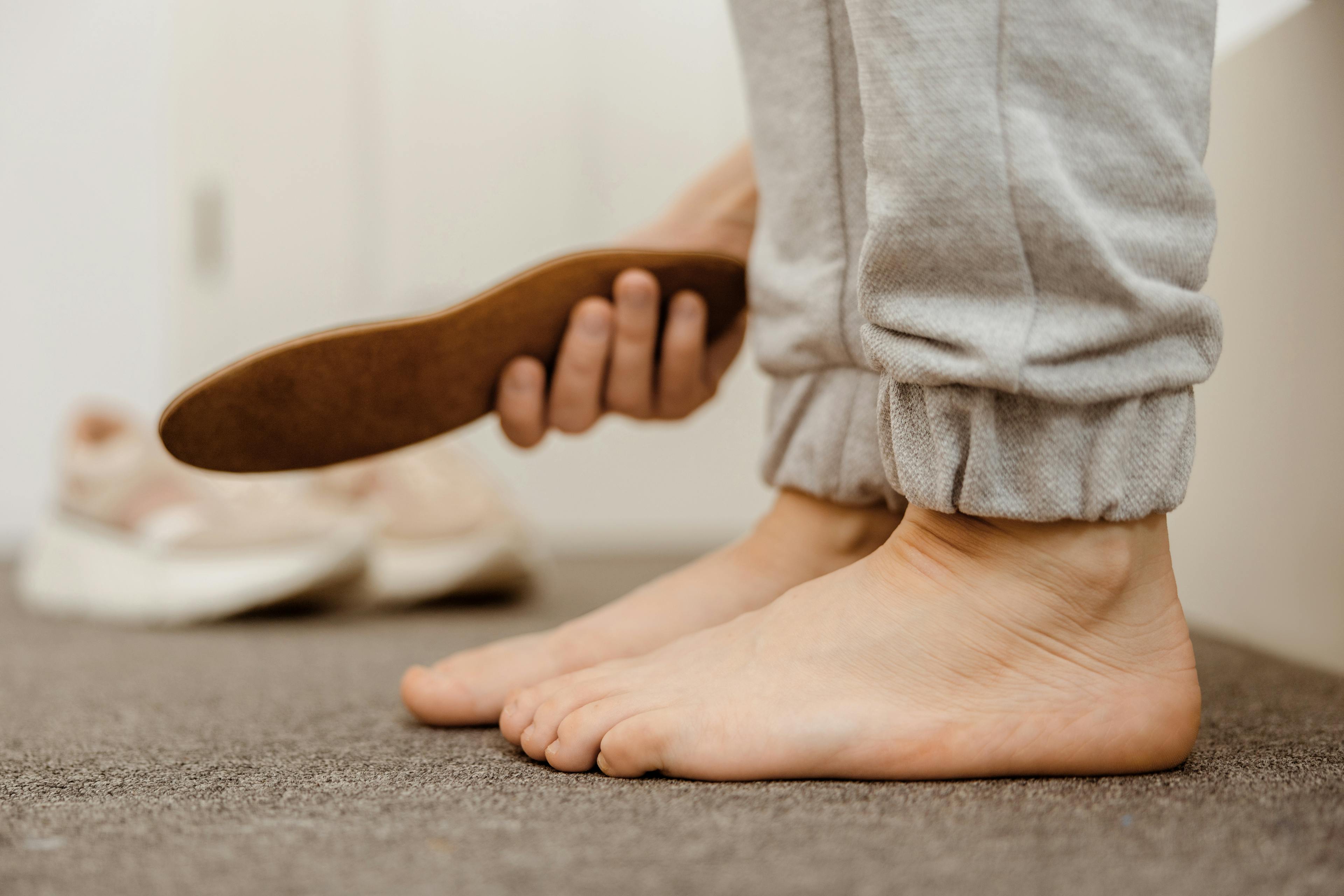Have you noticed a bump at the base of your big toe? Or are you experiencing discomfort when wearing certain shoes? You might be dealing with a bunion.
In this article, we'll cover everything you need to know about bunions: what they are, why they occur, how to recognize them, and what treatment options are available.
What is a Bunion?
A bunion, also known as hallux valgus, is a bony bump that forms on the joint at the base of your big toe. It occurs when the big toe pushes against the next toe, forcing the joint of the big toe to stick out.
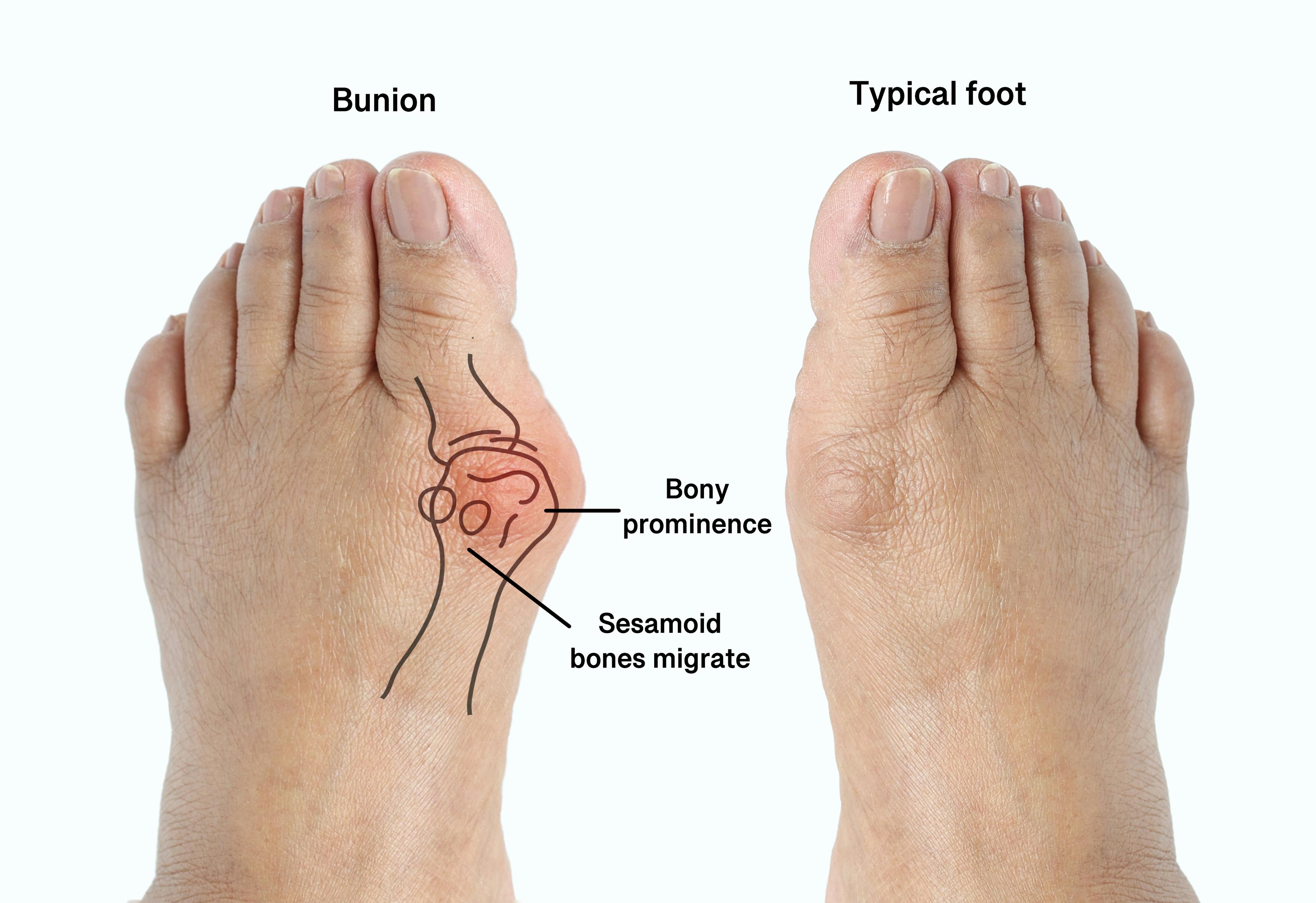
A common foot disorder affecting nearly a third of adults in the United States, bunions can be caused by various factors, including:
- Inherited foot type
- Wearing ill-fitting shoes (especially high heels or narrow shoes)
- Foot injuries
- Certain medical conditions like arthritis
Bunions can be classified into three types based on severity:
- Mild: The bump is small, and the big toe is slightly angled.
- Moderate: The bump is more pronounced, and the big toe is more angled.
- Severe: The bump is large, and the big toe is significantly angled, often overlapping the second toe.
A foot specialist will usually take X-rays to assess the severity of bunions.
How Do You Know If You Have a Bunion?
The telltale signs that you have a bunion are:
- A visible bump on the outside of the base of your big toe
- Pain or soreness around the big toe joint
- Redness and inflammation around the joint
- Difficulty moving the big toe
- Corns or calluses where the first and second toes overlap
- Ongoing pain that comes and goes
Be aware that the initial signs of a bunion can be subtle. You might notice slight changes in the shape of your foot or mild discomfort when wearing certain shoes. If you’re unsure, it’s best to consult a foot specialist for a proper diagnosis.
If left untreated, bunions can lead to more serious complications such as bursitis, chronic pain, difficulty walking, arthritis, hammertoe, and other foot problems.
Early intervention is key to preventing these issues and achieving the best outcomes with bunion treatment.
Treatment for Bunions
The recommended treatment for a bunion depends on its severity and the level of discomfort it causes. A podiatrist will assess those factors to determine the best course of action.
Conservative Treatments for Bunions
For mild to moderate cases, a foot doctor will often start with non-invasive bunion treatment options:
- Orthotics and padding: Custom-made inserts can help redistribute pressure and alleviate pain. Padding can also help reduce friction and pressure on the bunion.
- Proper footwear: One of the best ways to manage bunions is by wearing appropriate shoes. The best shoes for bunions have a wide toe box, good arch support, and a low heel. Avoid high heels and narrow shoes that can exacerbate the problem.
- Exercises and physical therapy: Specific toe exercises can help maintain joint mobility and strengthen the muscles around the bunion.
- Medications: Over-the-counter pain relievers and anti-inflammatory drugs can help manage pain and reduce swelling.
Bunion Surgery
When conservative measures aren’t effective, or in cases of severe bunions, surgical intervention may be necessary. The two types of bunion surgery options are:
- Traditional bunionectomy: This involves removing the bony bump and realigning the joint.
- Minimally invasive bunion surgery: These procedures involve smaller incisions which often result in less pain and a faster recovery time.
When to Seek Treatment for Bunions
Bunions are progressive deformities, meaning they tend to worsen over time if left untreated. It’s a good idea to consult a foot specialist if you experience:
- Persistent pain in your big toe or foot
- Difficulty finding comfortable shoes due to the bunion
- Decreased mobility in your big toe
- Corns or calluses that don’t respond to at-home care
Need Bunion Treatment in Houston?
If you have signs of a bunion, need immediate care, or want to have your feet examined, our podiatrists are here to help.
FAQs
What causes bunions? Bunions are often caused by a combination of genetic factors and wearing ill-fitting shoes. Some people inherit a foot type that makes them more prone to developing bunions, such as flat feet or low arches. Wearing tight, narrow shoes can exacerbate the problem by forcing the toes into an unnatural position, putting pressure on the joint of the big toe.
While you can't completely prevent bunions, especially if you're genetically predisposed, you can take steps to reduce your risk. Wearing properly fitting shoes with a wide toe box and avoiding high heels can significantly decrease the likelihood of developing bunions or slow their progression. Maintaining a healthy weight and using orthotics if recommended by a podiatrist can also help by reducing pressure on your feet.
As with any surgery, there are some risks associated with bunion surgery, including infection, bleeding, and nerve damage. Potential complications can also include stiffness, swelling, or recurrence of the bunion, which is why it's crucial to follow post-operative care instructions carefully. However, these risks are generally low when the procedure is performed by an experienced surgeon following proper medical protocols.
Recovery time can vary depending on the specific procedure and individual factors, but generally, patients can expect to return to normal activities within 6-8 weeks. During the initial recovery period, you'll likely need to wear a special shoe or boot to protect your foot and may require crutches or a cane for support. Complete healing may take several months, and it's important to follow your surgeon's post-operative instructions carefully.
While you can't actually shrink a bunion naturally, you can take steps to prevent it from getting worse and manage the symptoms. Wearing proper footwear with a wide toe box and low heels can help reduce pressure on the bunion. Maintaining a healthy weight, using ice packs to reduce inflammation, and performing foot exercises to maintain joint flexibility can also help manage discomfort and potentially slow bunion progression.
